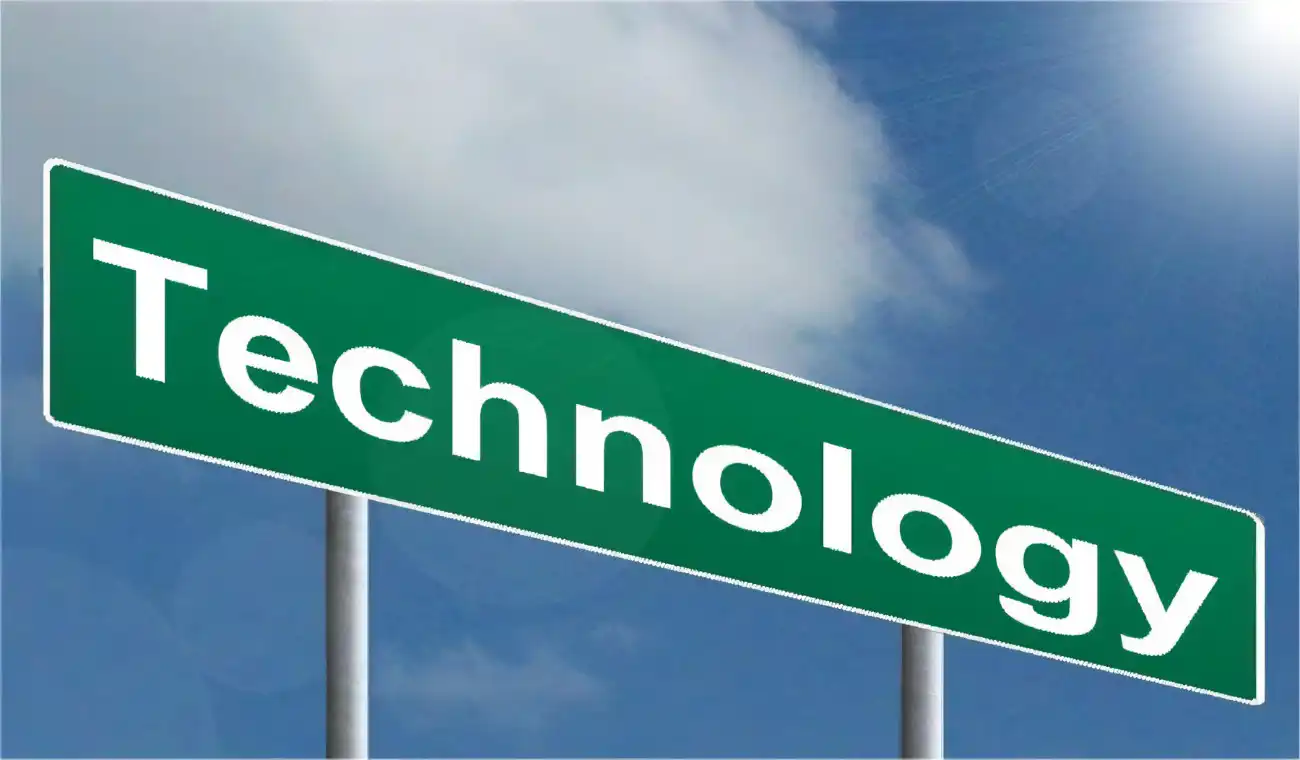Introduction
The YouTube platform, despite its numerous benefits, is full of misrepresented facts on electric vehicles (EVs). This machine-made misinformation could potentially deter potential EV adopters, therefore hampering the much-needed switch from conventional vehicles for climate change mitigation.
Understanding the Issue

This phenomenon is primarily due to the algorithm YouTube employs for video recommendations, which inadvertently propagates disinformation. This algorithm prioritizes viewing statistics which can be easily manipulated by orchestrating controversial discussions on EVs.
The YouTube Algorithm
YouTube’s algorithm is designed to favor content which can generate more engagement (likes, comments, shares, and watch time). The algorithm, hence, cannot discern between accurate and deceptive information, making it susceptible to manipulation.
Manipulating the System
Some YouTubers exploit this weakness, spreading blatant lies about EVs, purely to maximize viewer engagement. By doing so, they make their content seem popular, leading to further promotion by the algorithm, thus perpetuating a cycle of false information.
Common EV Misinformation
The falsehoods about EVs often relate to their operational cost, lifespan, environmental impact, and safety. Such myths sometimes cause viewers to dismiss the idea of owning an EV, thus impeding their acceptance and proliferation.
The Impact
Such a consistent stream of misinformation can severely hinder EV adoption rates, as these unverifiable claims create doubt among potential buyers. It ultimately slows down the transition to a future of sustainable transportation.
Combating EV Disinformation
To combat this disinformation, YouTube has implemented several strategies. These include providing context to news-related videos, showing information panels for videos on sensitive subjects, and implementing stricter rules against harmful content.
YouTube's Countermeasures
YouTube also deploys teams dedicated to assessing the truthfulness of content, particularly those tackling debatable subjects like EVs. These teams endeavor to thwart the circulation of disinformation on the platform.
Educational Channels
There are also an increasing number of reputable educational channels on YouTube providing accurate, reliable, and well-researched information about EVs. They contribute immensely to debunking prevalent EV myths.
User Responsibility
An equally important step lies with viewers for refusing to share the misinformation. If these videos are shared less frequently, they'll get less engagement, resulting in less promotion by the algorithm.
Tech and Auto Industry Role
The tech and auto industries can also play a significant role by engaging with YouTube, supplying accurate information about EVs, and debunking prevailing myths and disinformation.
Fighting Algorithm Manipulation
Tackling algorithm manipulation would involve a constant battle of updates and adjustments by YouTube's engineers. This task, albeit challenging, is crucial for mitigating the proliferation of disinformation on the platform.
YouTube's Responsibility
It's YouTube’s responsibility to ensure the propagation of correct information on EVs. Doing so will facilitate the growth of electric vehicle penetration, reaffirming its place as the inevitable transportation future.
Government Intervention
Government bodies could get involved by implementing stringent regulations against false information propagation. This tactic could deter YouTubers and companies from spreading disinformation for views and revenue.
Conclusion
It is clearly essential to tackle the rampant spread of misinformation about EVs on YouTube to assure the general public of the many tangible benefits these ecological vehicles offer. Everyone— viewers, YouTube, governments, and the auto industry—has an essential part to play in this fight against disinformation.